The Eight Auspicious Symbols
The Eight Auspicious Symbols of Tibetan Buddhism
These eight symbols appear often in Tibetan religious art. They are particularly prevalent in sand mandalas and are believed to be the symbolic representation of the transient universe.
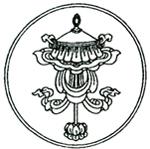 The Precious Parasol
The Precious Parasol
gives protection from all evil.
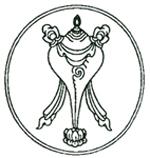 The White Conch Shell
The White Conch Shell
represents the fame of the Buddha’s teachings that spread in all directions like the sound of the conch shell.
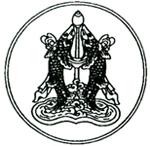 The Two Golden Fish
The Two Golden Fish
symbolize being saved from the ocean of earthly life and suffering.
 The Knot of Eternity
The Knot of Eternity
represents the intertwining of wisdom and compassion, the perfection of knowledge.
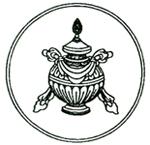 The Vase of Great Treasures
The Vase of Great Treasures
a traditional symbol of good fortune representing the perfect nature of the dharma, longevity, and prosperity.
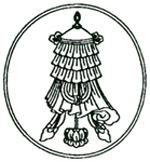 The Victory Banner
The Victory Banner
signifies the victory of the enlightened teachings, knowledge over ignorance, overcoming all hindrances and the attainment of happiness.
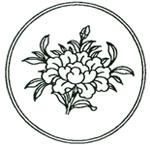 The Lotus Flower
The Lotus Flower
one of Buddhism’s most significant symbols. It is a symbol of enlightenment and mental purity. The lotus has its roots in mud, but blossoms into a beautiful flower. Similarly, though an individual may be impure, there is the potential to gain enlightenment and the perfect state.
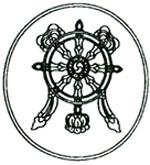 The Eight Spoked Wheel
The Eight Spoked Wheel
known as the Wheel of Dharma represents the Noble Eightfold Path of the Buddhadharma. The wheel that leads to perfection.


